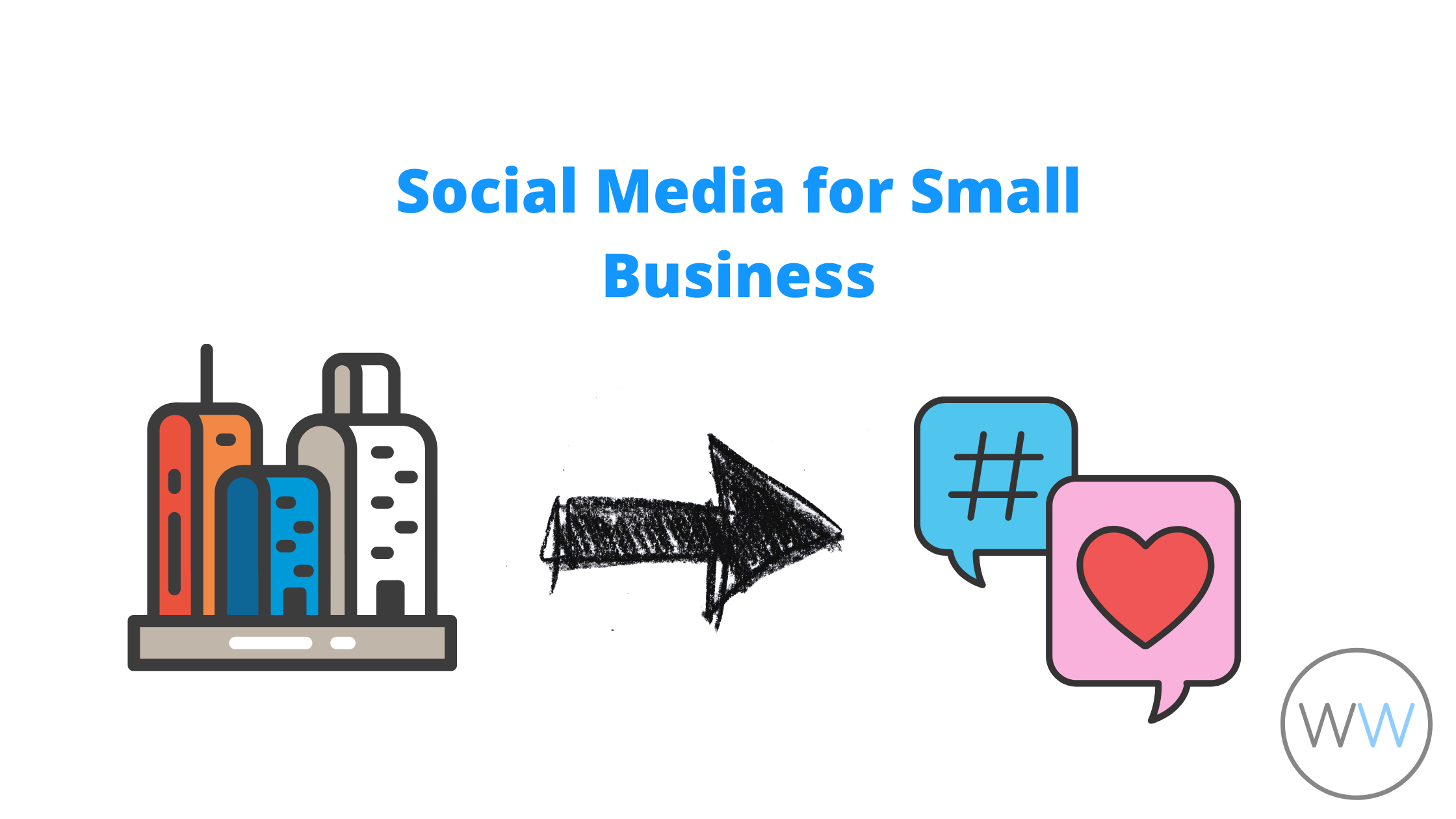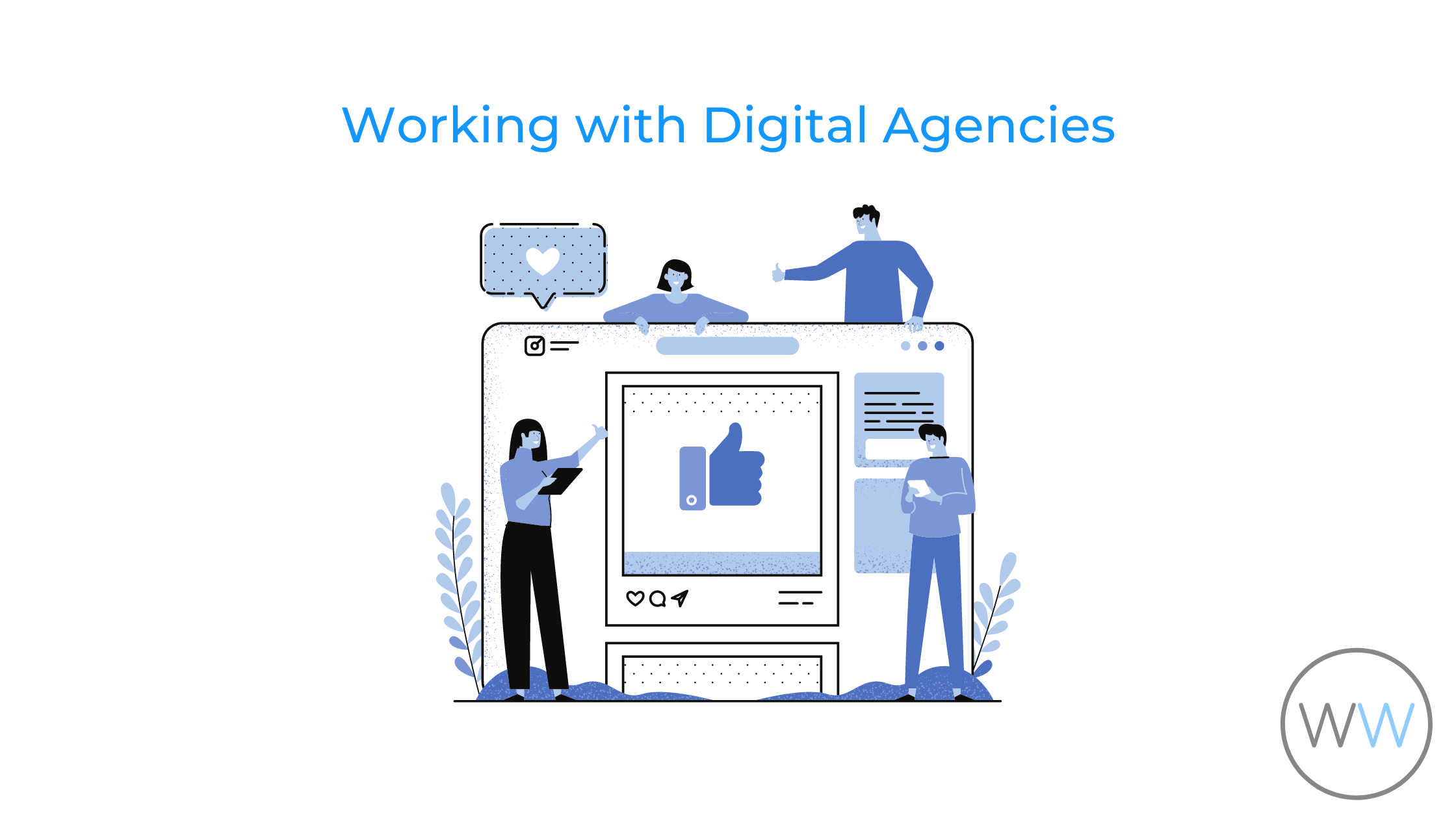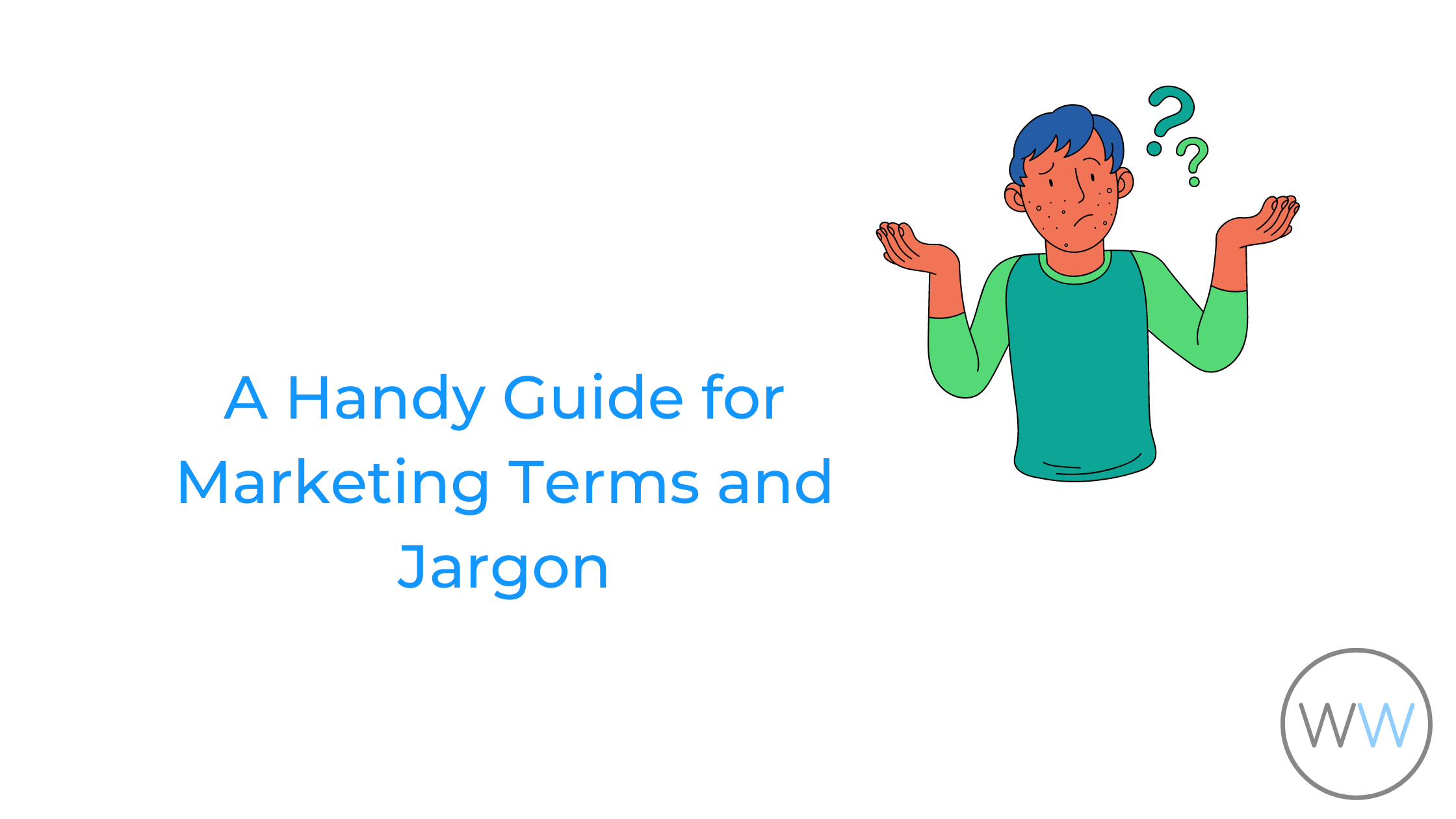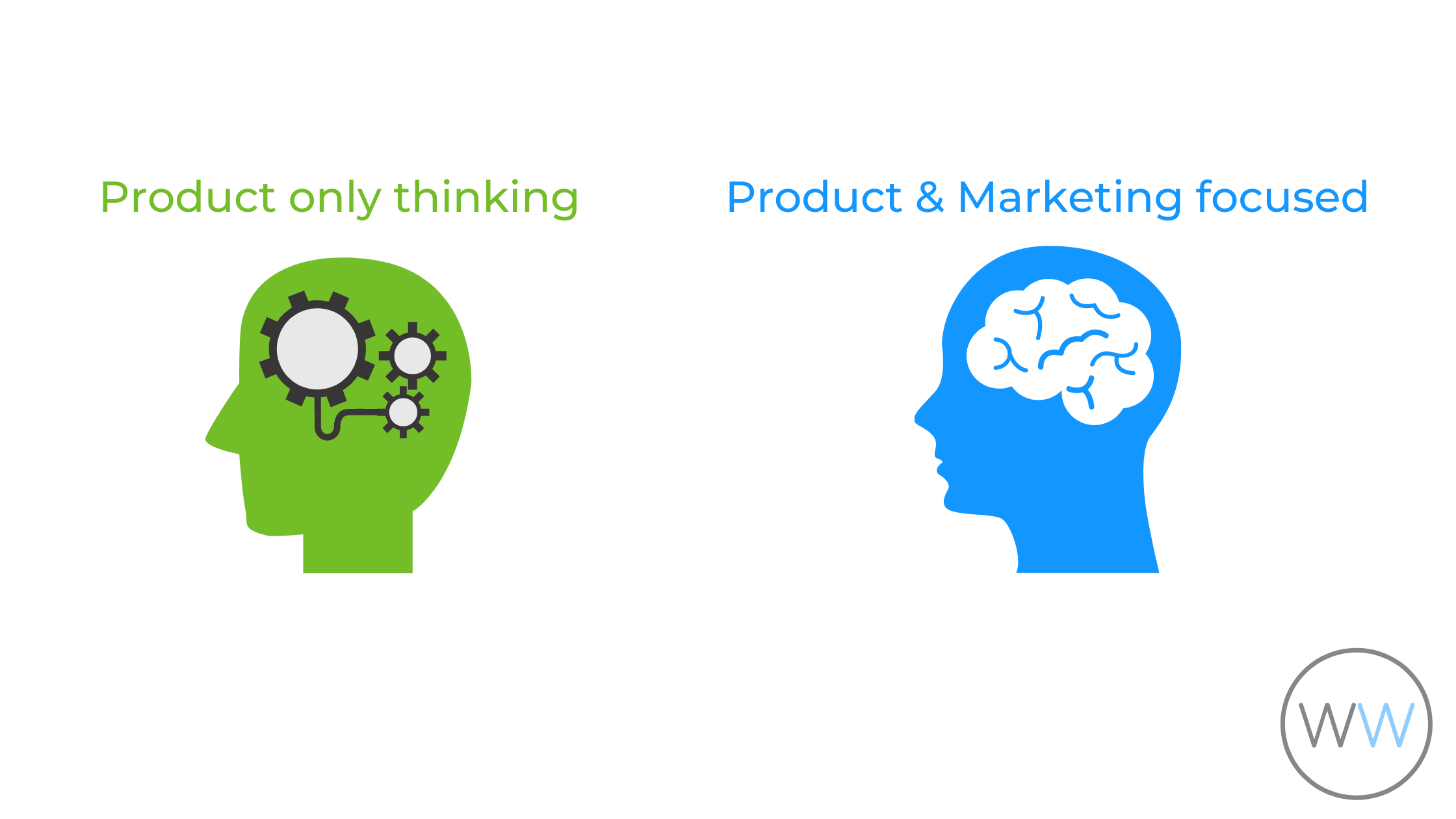Table of Contents
What is Marketing Research & How is it Different to Market Research?
While the term is used interchangeably with market research, they’re not the same thing.
You’ll hear a number of definitions for this but the most accurate definition of Marketing Research we could conjure up is;
Marketing research is studying a market to gather data points and feedback that translates into actionable data. It’s used validate the viability & feasability of a solution, whilst looking at distribution methods.
Marketing Research is carried out by a business for its own use to validate & plan commercial efforts.
Market Research is a broad overview of a specific industry & businesses within it.
What is Marketing Research in a nutshell?
Alongside market research, marketing research takes this a step further – mainly looking at distribution/marketing. Marketing research is an important bolt-on to your current market research data.
- Sales tools / efforts
- Distribution; Marketing & Advertising channels
- Public Relations
- Pricing
- Competitive Analysis
- Marketing Strategy
What is The Most Important Part of Marketing Research?
Customers! The lifeblood of every business.
There are a number of methods to carry out your research including; Surveys, Questionnaires, Focus Groups, Interviews.
Customer Research
- Study your target industry in a broad manner before drilling down into subcategories; you may find that your theoretical solution fits into multiple verticals.
- Figure out which information is pertinent to your solution. See if surveys exist already for your hypothesis with a large enough sample size. If not then;
- Develop a basic framework for your survey that ensures questions are not leading with a mix of closed and open-ended questions. Generally speaking, closed answers are generally quantitative and open-ended questions are qualitative.
- Ensure it’s GDPR compliant and you can use that feedback for follow-ups to turn them into early adopters or beta users.
How do I distribute my survey(s)?
Paid Options
Google Surveys is a brilliant option for this, it is paid but it can narrow down your target market to distribute your survey without having to contact individual participants.
SurveyMonkey is a popular online survey tool that offers a free plan with limited features, as well as paid plans with advanced features and integrations. It has a wide variety of question types, design options, and analysis tools.
Qualtrics is a comprehensive survey platform that offers advanced features for survey creation, data analysis, and reporting. It is widely used in academic research and by large organizations.
SurveyGizmo is a survey and data insights platform that offers a range of features for survey creation, data analysis, and reporting. It has a free plan with basic features, as well as paid plans with advanced options.
SurveyLegend is a user-friendly survey tool that allows you to create surveys with a variety of question types, design options, and customization features. It has a free plan with basic features, as well as paid plans with more advanced options.
Free Options
Google Forms helps you create surveys that you can send out as a URL. If you have a Google account, it’s also quite easy to track responses. For businesses, there are options to collaborate with your teammates.
Typeform is a user-friendly survey tool that offers a conversational, interactive experience for respondents. It has a free plan with limited features, as well as paid plans with more advanced options.
Microsoft Forms is a free tool that allows you to create surveys, quizzes, and polls using Microsoft Office 365. It offers a variety of question types and data analysis tools.
Once you have your survey built, you can send out it to potential users/prospects through your desired channel. This does require some patience and it can turn into a numbers game. If you’ve defined your target market, you’ll have a much easier time getting responses.






